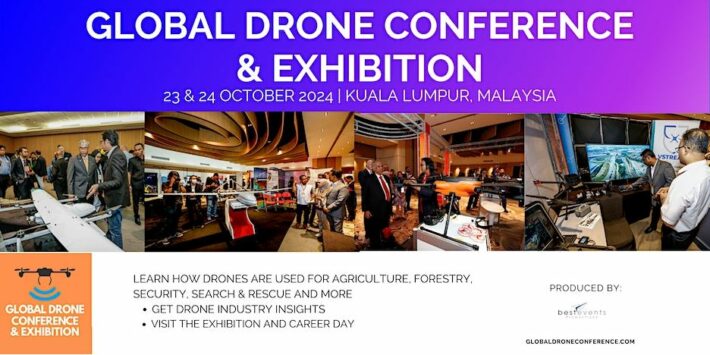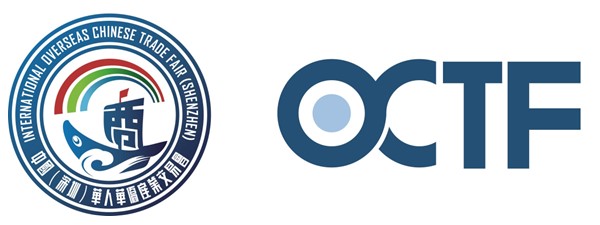The Lower Fringes of Outer Space: The Thermosphere & Ionosphere
Description
We invite you to join us for a virtual Explorer Series lecture, “The Lower Fringes of Outer Space: The Thermosphere & Ionosphere” on Wednesday, March 31st from 5:00-6:30 pm (MT).
10 minutes before event — Begin answering poll questions on Slido
5:00 – 6:00 pm — Lecture
6:00 – 6:30 pm — Questions and discussion
This event will be a live virtual webcast. Please register to receive an Eventbrite email reminder with the link to the webcast and details on how to participate.
Research Abstract
The thermosphere and ionosphere are at a transition zone from the Earth’s atmosphere to outer space, and have important functions in the Earth system and for human society. This region is where the commercial space flights of Virgin Galactic and Blue Origin will take passengers to experience zero gravity, and where the International Space Station and SpaceX Starlink satellites orbit.
The thermosphere, located between about 100-600 km above Earth’s surface, consists of neutral gases (atoms and molecules). They absorb high-energy radiation from the Sun that is harmful to humans, thus protecting us. Absorbing all this radiation makes the thermosphere incredibly hot (about 800-3000°F), but the air here is so thin that heat transfer is low, making it possible for many of our satellites to orbit. Conversely, the ionosphere, located about 80-1,000 km above Earth’s surface (overlapping other layers of our atmosphere), consists of charged gases. The electrically charged gases in this layer allow for long distance communication via radio.
Weather, climate, and greenhouse gases from where we live, along with sunspot activity and eruptions in the Sun from above, make the thermosphere and ionosphere grow and shrink in size, causing space weather and space climate. Space weather and space climate impact radio communication, navigation, and surveillance transmissions, and affect tracking and prediction of satellite orbits and collision avoidance.
In this NCAR Explorer Series lecture, Dr. Liying Qian talks about space weather and space climate, and how scientists study the impact that they could have on space technology and space assets on which we increasingly rely.
Free public event for ages 12+
For more information and to watch archived lectures, visit the NCAR’s Explorer Series webpage.
We look forward to “seeing you” there!
Ticket Information
Tickets
Event Calendar
Thursday, Apr 1



